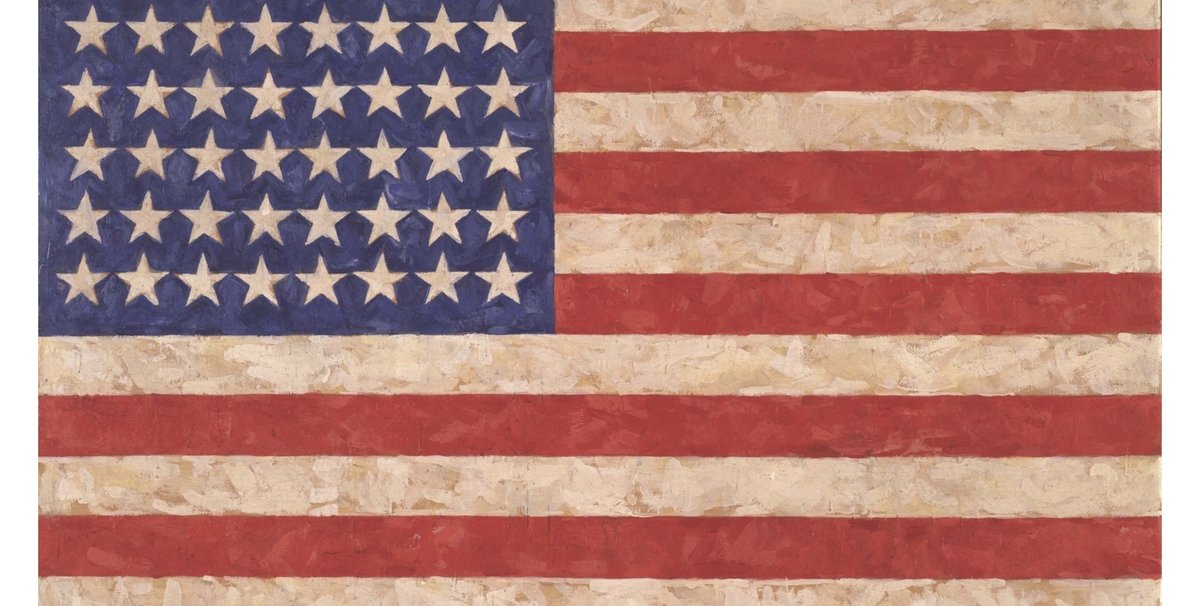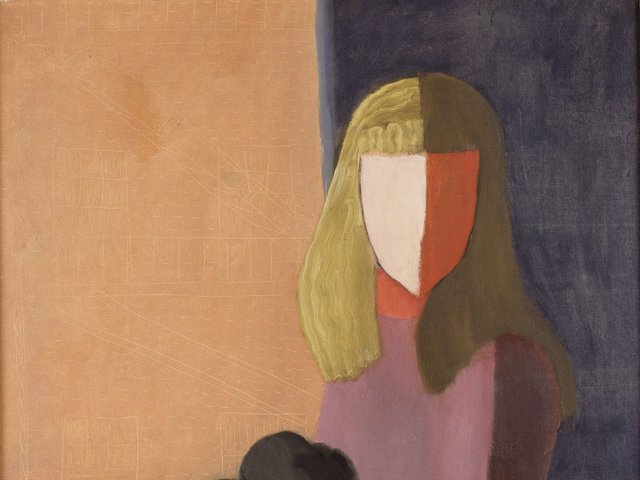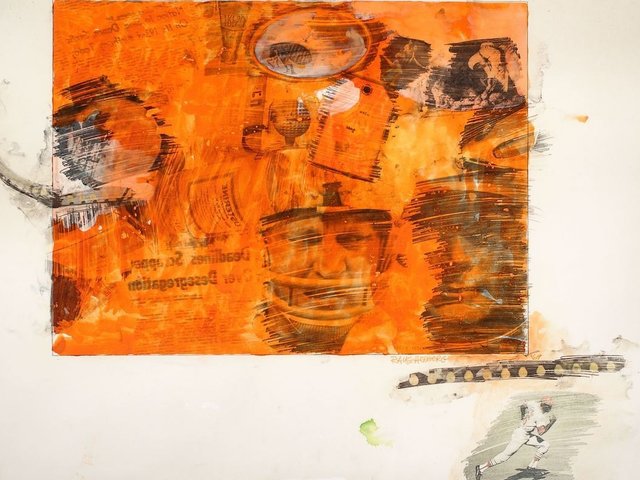A 1958 Flag work and a painting he finished just before Christmas will bookend Jasper Johns’s retrospective opening at the Royal Academy of Arts (RA) in London this September. Spanning 60 years, it is the 86-year-old artist’s first major exhibition in the UK for four decades.
“The paint was still drying on one new painting we saw at the end of last year,” says Edith Devaney, the RA’s contemporary curator who is organising the show. “But we’re keeping it under wraps till the opening.”
Johns’s Flag paintings are among the best-known works of the 20th century and have been read as political pieces since they were first created in New York during the McCarthy era. But Devaney says they were never intended to be political. “Johns first conceived of Flag in response to a dream he had,” she says. “He was interested in looking at the canvas as an object.”
Johns created Flag using the encaustic technique, an ancient art form in which pigments are mixed with hot wax. He then layered the surface with strips of newspaper and fabric.
With Painting with Two Balls (1960), which is on permanent loan to the Philadelphia Museum of Art and also making an appearance at the RA, Johns slashed the canvas and wedged two balls in the gap. “Instead of looking at painting as a window onto the world, he is looking at the actual reality behind the painting: the wall,” Devaney says.
The exhibition, titled Something Resembling Truth, will also reveal overlooked aspects of Johns’s work. They include prints developed in the 1980s incorporating details of works by artists including Matthias Grünewald and Pablo Picasso and bronze sculptures of his earlier numbers paintings.
Abstract Expressionism and post-war US art in general is having a moment in the sun in London. Johns’s show comes directly after a retrospective at Tate Modern of works by his late friend and collaborator Robert Rauschenberg. “What is extraordinary is that we have seen so little of these artists in London,” says Devaney, who also organised the RA’s Abstract Expressionist show last year.
“They are so highly regarded in the US, it’s wonderful to be working so closely with Johns to bring this show to London,” she says.





